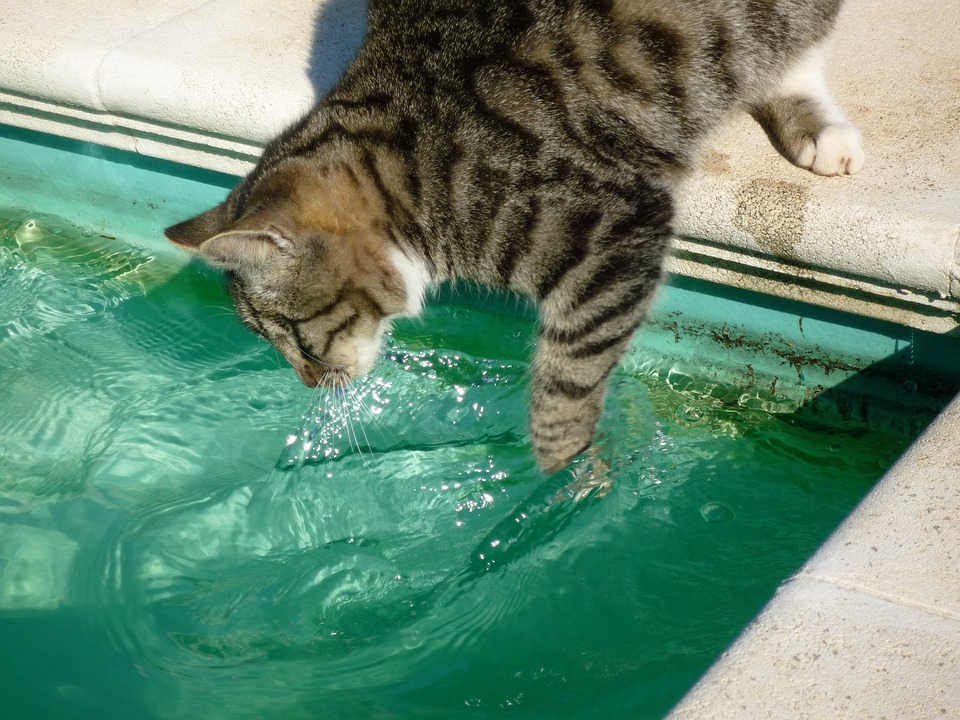Maintaining a healthy environment for your fish is crucial for their overall well-being. Unfortunately, just like any other living creature, fish are susceptible to various diseases. Identifying and treating fish tank diseases promptly is essential to prevent the spread of infections and ensure the longevity of your aquatic pets. In this comprehensive guide, we will explore common fish tank diseases, their symptoms, and effective treatment options. Additionally, we will address frequently asked questions to help you become a knowledgeable and proactive fish owner.
I. Understanding Fish Tank Diseases
A. The Importance of Fish Health
B. Common Causes of Fish Tank Diseases
C. Factors Contributing to Disease Outbreaks
II. Identifying Fish Tank Diseases
A. Recognizing Common Symptoms
1. Physical Symptoms
2. Behavioral Symptoms
3. Environmental Clues
III. Common Fish Tank Diseases
A. Ich (Ichthyophthirius multifiliis)
1. Symptoms and Identification
2. Treatment and Prevention
B. Fin Rot (Aeromonas, Pseudomonas)
1. Symptoms and Identification
2. Treatment and Prevention
C. Swim Bladder Disease (Dysfunctional Swim Bladder)
1. Symptoms and Identification
2. Treatment and Prevention
D. Dropsy (Edema)
1. Symptoms and Identification
2. Treatment and Prevention
IV. Effective Treatment Options
A. Medications and Treatments
1. Antibiotics
2. Antifungal Medications
3. Salt Baths
4. Heat Treatments
B. Quarantine Tank Setup and Usage
1. The Importance of Quarantine Tanks
2. How to Set Up a Quarantine Tank
3. Proper Quarantine Procedures
V. Prevention and Maintenance Tips
A. Maintaining Water Quality
1. Regular Water Testing
2. Proper Filtration
3. Consistent Temperature Control
B. Nutrition and Feeding Practices
1. Balanced Diet
2. Feeding Frequency and Portions
VI. Frequently Asked Questions (FAQs)
1. How can I prevent fish tank diseases from occurring?
2. Can fish tank diseases be transmitted to humans?
3. Are there any natural remedies for fish tank diseases?
4. Is it possible to save a fish affected by dropsy?
5. How often should I quarantine new fish before introducing them to the main tank?
Conclusion:
By being attentive to your fish’s health and promptly addressing any signs of disease, you can provide them with a safe and thriving environment. Remember to regularly observe and monitor your fish, maintain proper water quality, and follow preventive measures to minimize the risk of disease outbreaks. While fish tank diseases can be challenging, armed with knowledge and the right treatment methods, you can ensure the well-being and longevity of your aquatic companions.









